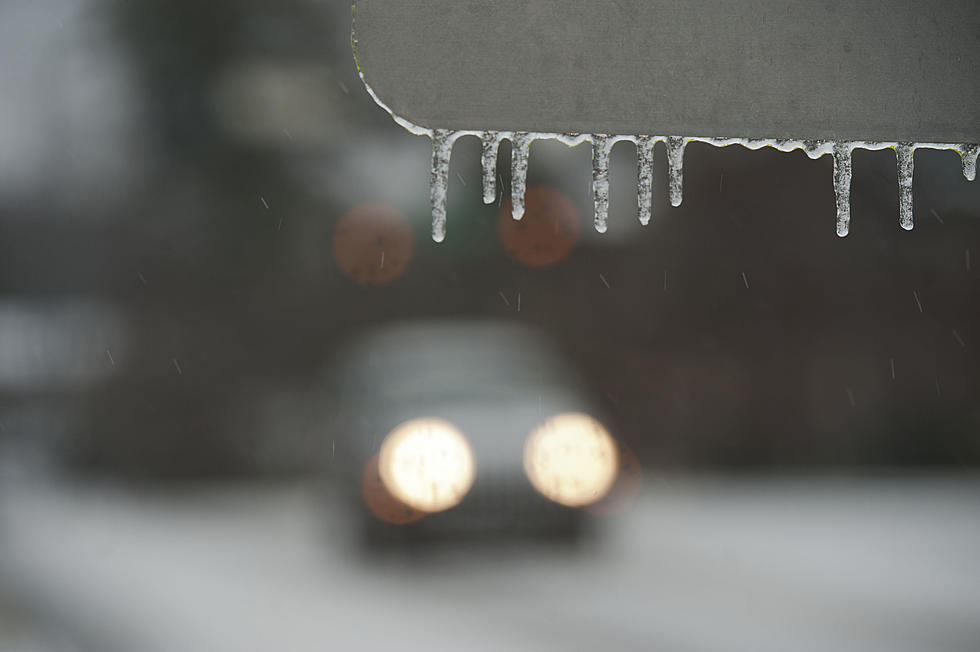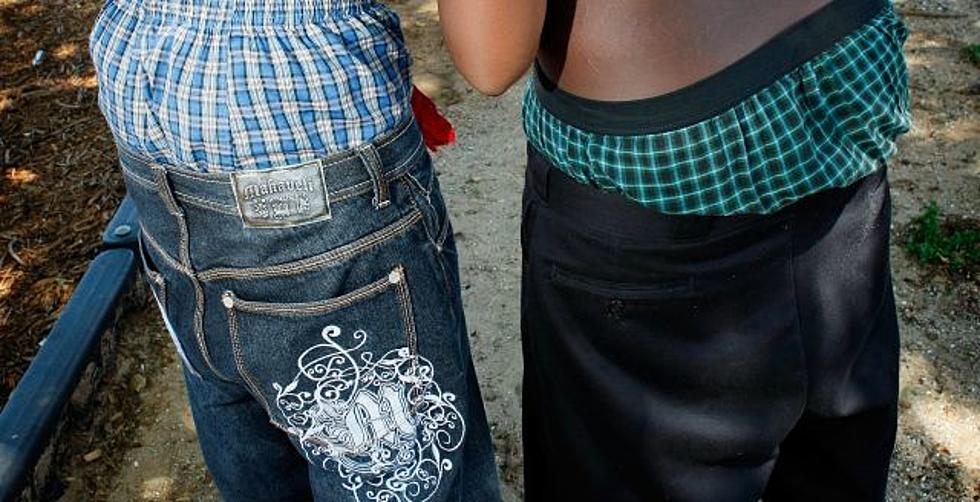![Alligators ‘Snorkel’ When Habitat Freezes Over [VIDEO]](http://townsquare.media/site/29/files/2021/05/GettyImages-57637357.jpg?w=980&q=75)
Alligators ‘Snorkel’ When Habitat Freezes Over [VIDEO]
With temperatures expected to dip into the low teens or high single-digits this week, we are often reminded to protect our pipes, pets, and plants.
And we know that most wildlife has survival instincts to help keep them safe and warm.
But what about alligators? After all, they are cold-blooded reptiles and they rely on the sun (or ambient temperatures) to keep them warm.
When the temperatures drop and the sun is obscured by cloudy winter skies, how do they stay warm? Truth is, sometimes they can't.
And when an alligator can't get warm, they know to protect themselves by conserving energy.
According to Cajun Encounters, when the ambient temperature dips below 70 degrees, alligators will usually stop eating and move around much less.
When the temperature drops below the mid-50s, alligators will begin to slow down their body systems and become dormant - hibernation.
Alligators can and do sometimes dig holes in the mud where they can crawl in and hibernate, allowing them to maintain a fairly steady body temperature but allow them to be relatively out of harm's way.
But what about those alligators who find themselves in ponds and marshes without a place to hibernate?
Well, they go through all of the changes listed above, but they do something quite unique to make certain they can survive.
To make sure they can breathe when the pond freezes over, alligators will put 'noses' above the surface of the water which, sometimes, freezes them in place. That way, when the water freezes, they will still have access to air.
As the alligators hibernate, their slow their metabolism to such a low level that it's hard to tell if they are alive.
Once temperatures begin to warm up, the alligators begin to warm up which, in turn, "wakes" them up, ready for another season in the sun.
Don't Ever Put These Foods in the Crock Pot
More From 92.9 The Lake

![Man Seen Walking With Alligator Over Shoulder in South Louisiana [PHOTOS]](http://townsquare.media/site/29/files/2023/06/attachment-Screen-Shot-2023-06-28-at-3.22.19-PM.jpg?w=980&q=75)







